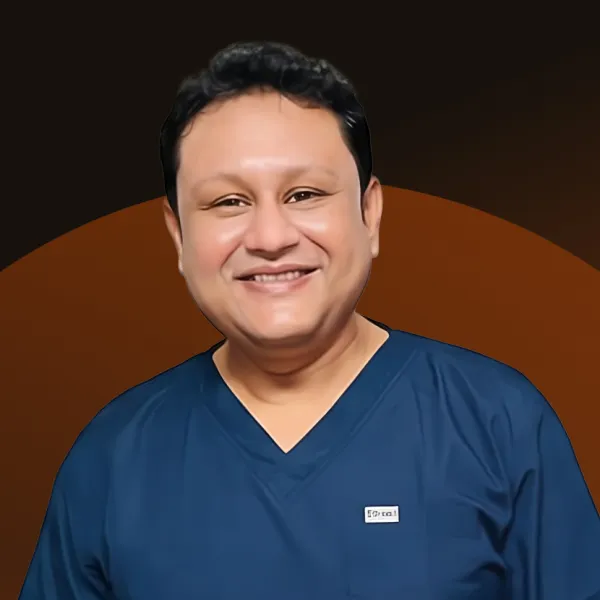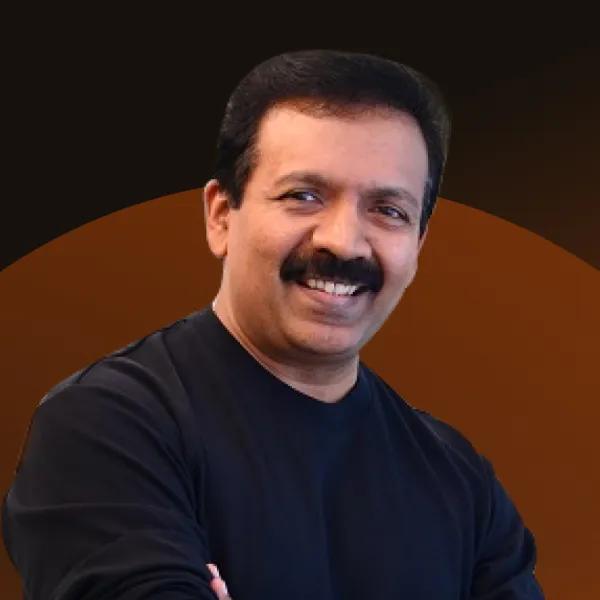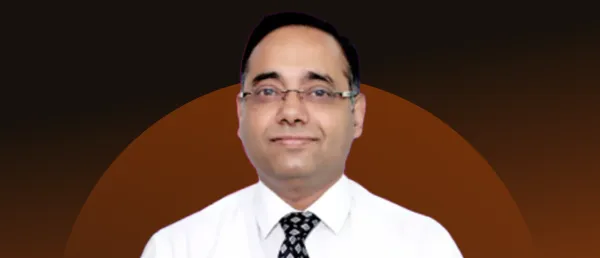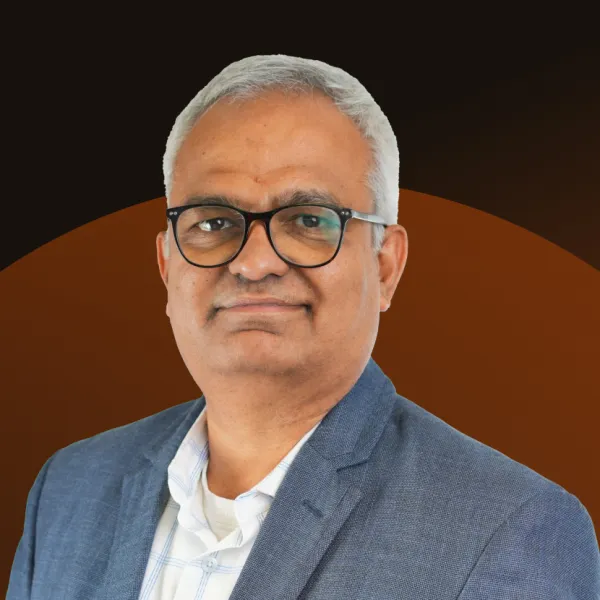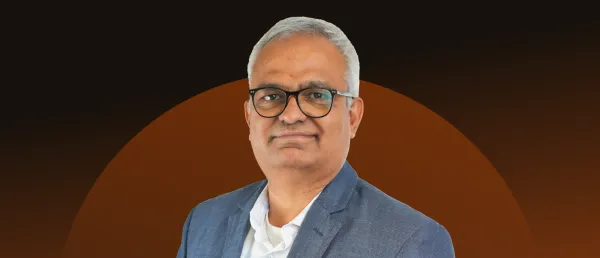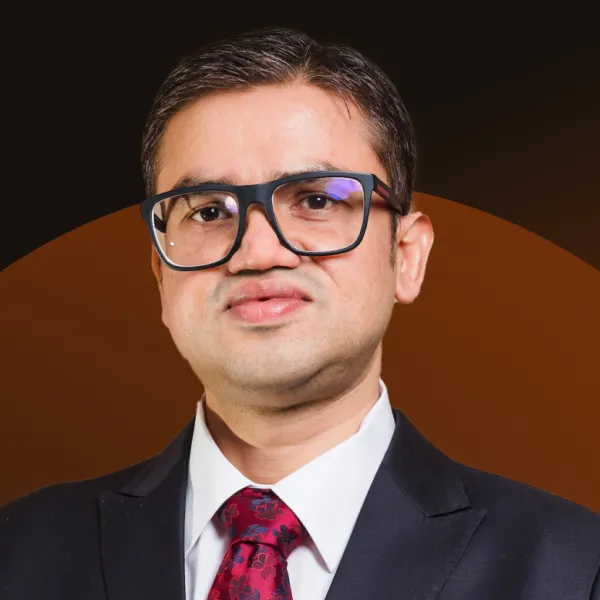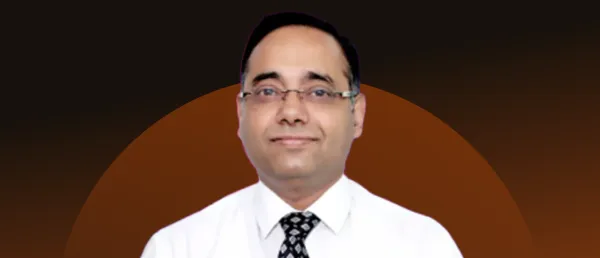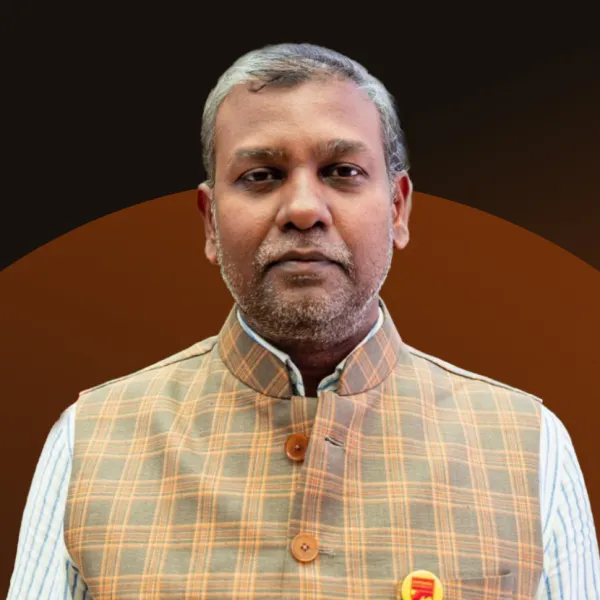India's Digital Health Revolution – Bridging the Information Gap

Authored by Dr Swadeep Srivastava, Founder & Chief Belief Officer HealthPresso
As India continues to rapidly digitalize various sectors, there is an area where there's room for considerable growth - the online availability of authenticated health information.
Currently, when health content is sought on the internet, the results primarily feature international websites like the US-based National Institutes of Health, Mayo Clinic, or WebMd. This is despite the wealth of research and studies being conducted by institutes, hospitals, and doctors within India.
A significant reason for this is the format in which health information is disseminated in India. As noted by a senior health journalist, doctors often convey their findings through video or WhatsApp. While these methods are efficient, they often don't align with search engine algorithms, which prioritize written content. Patients seeking information typically prefer details in written form that they can study or read at their convenience.
This scenario presents an opportunity for India to enhance its digital footprint in the health sector. According to data, India has over 900 million internet users, ranking second globally in terms of active internet users.i
Moreover, 49% of Indian adults utilize the internet and AI tools for the latest health information. ii
However, authentic Indian health content on the internet remains relatively scarce.
The Indian government has shown foresight in promoting digital health, with initiatives such as the Ayushman Bharat Digital Mission, which aims to digitize health records. However, a gap remains, with the private sector, which holds a 70% share in healthcare services, contributing only 30% to the Health Facility Registry.iii
Moreover, significant data gaps persist at a granular level, particularly for non-communicable diseases and injuries. Most of this data is available only at the state level, with limited district-level data, affecting the effective implementation of health programs. This is further complicated by the digital gender gap, emphasizing the need for a more inclusive approach to digital health information.
To tap into the potential of India's digital health sector, the first step is aggregating content and aiding healthcare providers in sharing authenticated information online. Ensuring the accuracy and credibility of health information is crucial, as misinformation can pose serious health risks.
As suggested by the World Bank, integrated digital health solutions can significantly improve health outcomes. Prioritizing evidence-based digital investments and connecting various health data systems can enhance patient care and operational efficiency.
In conclusion, the need for online authenticated health information in India is evident. By harnessing the power of digital platforms, India can improve patient care, enhance accessibility, and empower its citizens with credible health information. It's time for India to make its digital mark in the health sector, ensuring that its health narrative is as visible online as it is offline.
References
i.https://www.statista.com/topics/2157/internet-usage-in-india/#:~:text=With%20over%20900%20million%20internet,percent%2C%20below%20the%20worldwide%20average
ii.https://www.ncbi.nlm.nih.gov/pmc/articles/PMC11000703/
iii.https://www.adlittle.com/de-en/insights/report/catalyzing-digital-health-india
[Disclaimer: This is an authored article; DHN is not liable for the claims made in the same.]
Stay tuned for more such updates on Digital Health News









